What is an E27 light bulb
An E27 light bulb is a man-made light source that is mechanically supported and electrically interfaced by an E27 medium screw base. E27 is the European variant of Edison screw base that is commonly found on general lighting service (GLS) lamps. The E27 base is 27 millimeters in diameter as measured across the peaks of the thread on the base (male) and is 26.67 millimeters in length. E27 screw bases are more widely used around the world than E26 screw bases which are adopted principally in countries in Americas (e.g. United States, Canada, Mexico, Colombia, Costa Rica, Venezuela, Cuba, Honduras, and Jamaica).
Countries and regions that use E27 light bulbs
Asia
Afghanistan, Armenia, Azerbaijan, Bahrain, Bangladesh, Bhutan, British Indian Ocean Territory, Brunei, Myanmar, Cambodia, China, Hong Kong, India, Indonesia, Islamic Republic Of Iran, Iraq, Israel, Jordan, Kazakhstan, The Republic of Korea, The Democratic People’s Republic of Korea, Kuwait, Kyrgyzstan, Lao People’s Democratic Republic, Lebanon, Macao, Malaysia, Mongolia, Nepal, Oman, Pakistan, Palestine, Philippines, Qatar, Saint Helena, Saudi Arabia, Singapore, Sri Lanka, Syria, Tajikistan, Thailand, Timor Leste, Turkmenistan, United Arab Emirates, Uzbekistan, Vietnam, Yemen, Zambia,
Europe
Aland Islands, Albania, Andorra, Austria, Belarus, Belgium, Bosnia And Herzegovina, Bulgaria, Croatia, Cyprus, Czech Republic, Denmark, Estonia, Faroe Islands, Finland, France, Georgia, Germany, Gibraltar, Greece, Guernsey, Holy See (Vatican City State), Hungary, Iceland, Ireland, Isle of Man, Italy, Jersey, Kosovo, Latvia, Liechtenstein, Lithuania, Luxembourg, Macedonia, Martinique, Moldova, Monaco, Montenegro, Netherlands, Norway, Poland, Portugal, Romania, Russia, San Marino, Serbia, Slovakia, Slovenia, Spain, Svalbard and Jan Mayen, Sweden, Switzerland, Turkey, Ukraine, United Kingdom,
Africa
Algeria, Angola, Benin, Botswana, Burkina Faso, Burundi, Cameroon, Cape Verde, Central African Republic, Chad, Comoros, The Democratic Republic of the Congo, Republic of the Congo, Côte d’Ivoire, Djibouti, Egypt, Equatorial Guinea, Eritrea, Eswatini, Ethiopia, Gabon, Gambia, Ghana, Guinea, Guinea Bissau, Kenya, Lesotho, Liberia, Madagascar, Malawi, Mali, Malta, Mauritania, Mauritius, Mayotte, Morocco, Mozambique, Namibia, Niger, Nigeria, Rwanda, Sao Tome And Principe, Senegal, Seychelles, Sierra Leone, Somalia, South Africa, Sudan, Tanzania, Togo, Tunisia, Uganda, Western Sahara, Zimbabwe
North America
Antigua and Barbuda, Dominica, Greenland, Grenada, Guadeloupe, Montserrat, Saint Barthélemy, Saint Kitts And Nevis, Saint Lucia, Saint Martin, Saint Pierre And Miquelon, St. Vincent, Turks and Caicos Islands
South America
Argentina, Bolivia, Brazil, Chile, Falkland Islands (Malvinas), French Guiana, Guyana, Netherlands Antilles, Paraguay, Peru, Suriname, Uruguay,
Oceania
Australia, Christmas Island, Cocos (Keeling) Islands, Cook Islands, Fiji, French Polynesia, Heard Island And Mcdonald Islands, Kiribati, Nauru, New Caledonia, New Zealand, Niue, Norfolk Island, Papua New Guinea, Pitcairn, Reunion, Samoa, Solomon Islands, Tonga, Tuvalu, Vanuatu, Wallis and Futuna.
Bulb shape
E27 screw bases are used by line voltages lamps in different shapes, including arbitrary (A), bulged reflector (BR), reflector (R), tubular (T), parabolic aluminized reflector (PAR), squirrel cage (ST), and bulged tubular (BT) shapes.
A-lamps
The most commonly used E27 light bulb type is the A (Arbitrary) type lamps. A-lamps are relied upon as a general lighting source for a variety of light fixtures ranging from ceiling lights, wall lights, floor and table lamps to recessed downlights. A60 bulb (or its imperial equivalent, the A19 bulb) is a particular size of A-lamps which are prevalent in residential lighting. The lamp designation A60 means the bulb has an arbitrary shape and has a 60-millimeter diameter at the widest point of the bulb.
Retrofit E27 LED bulb
E27 light bulbs have evolved from the standard incandescents to compact fluorescents and now LEDs. An E27-base LED bulb has the similar form factor, lumen output and light distribution of legacy light sources, allowing to replace, easily and operatively, each conventional lamp. LED light bulbs provide 10,000 to 15,000 hours of maintenance-free, energy efficient operation, resulting in significant energy savings and reduced relamping costs. Both the correlated color temperature (CCT) of a light source itself and its color rendering quality depend on the spectral power distribution (SPD) of a light source. With the ability to modify the relative amount of radiation at each wavelength of the visible radiation spectrum, phosphor conversion technology allows to characterize white light emitted from LEDs. This means LED bulbs can be provided in a wide range of correlated color temperatures and different levels of color rendering accuracy.
Design and cost constraints
E27 LED light bulbs, however, are always challenged by the fact that the form factor of legacy light bulbs provides limited spaces to accommodate the driver circuitry and heat sink. The driver is a critical component of the LED system. It regulates the amount of electrical power applied to LEDs, and provides controllability, ability to protect downstream components from the damage of transient voltages, and, in programmable drivers, tuning and intelligence. Most E27 lamps put constraints to the functionality of the driver circuitry. The fact that the costs of LED replacement lamps are dropping to commodity levels compounds the design complexity in terms of addressing the trade-off between cost, performance and reliability.
Failure mechanisms
In LED replacement lamps, efficiency, lumen maintenance, color stability, and light quality (color rendering and flicker removal) are often traded for lower cost system designs. The driver circuitry is often designed as a simple switching-mode power supply (SMPS) or even a bare-bones linear power supply which can make the LEDs highly susceptible to flicker and electrical overstresses. The cost and space constraints lead to the use of inadequately dimensioned or low-performing heat sinks. Poor thermal management results in a confined and localized collection of heat energy. Operating LED beyond specified temperature range can accelerate the degradation process which impairs the efficiency and color stability of the LEDs. In real-world applications, the lifetime of LED replacement lamps tend to be significantly shorter than the lifetimes claimed by lighting manufacturers.


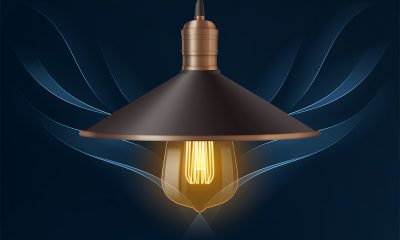
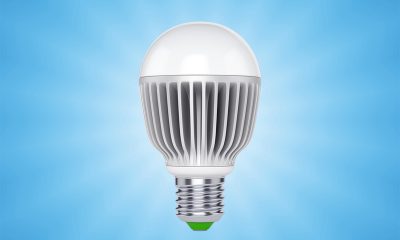
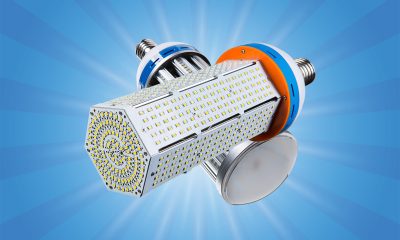
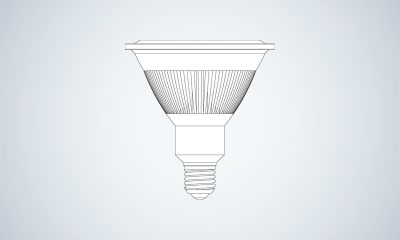
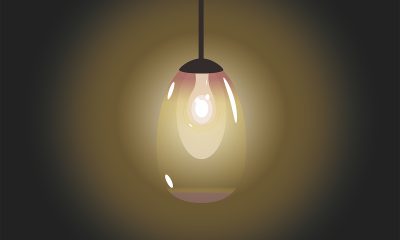

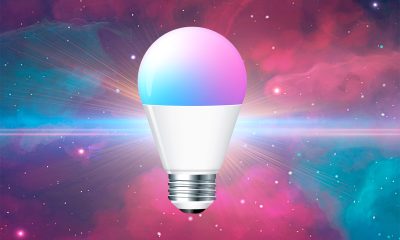

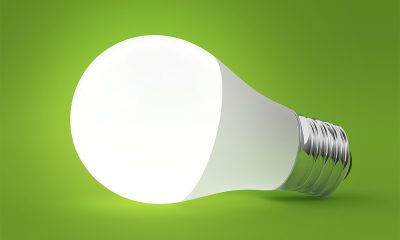

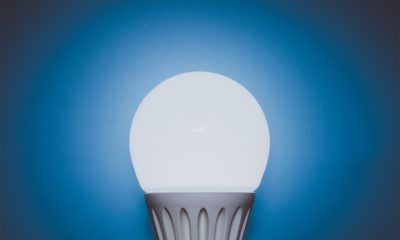






Loading...